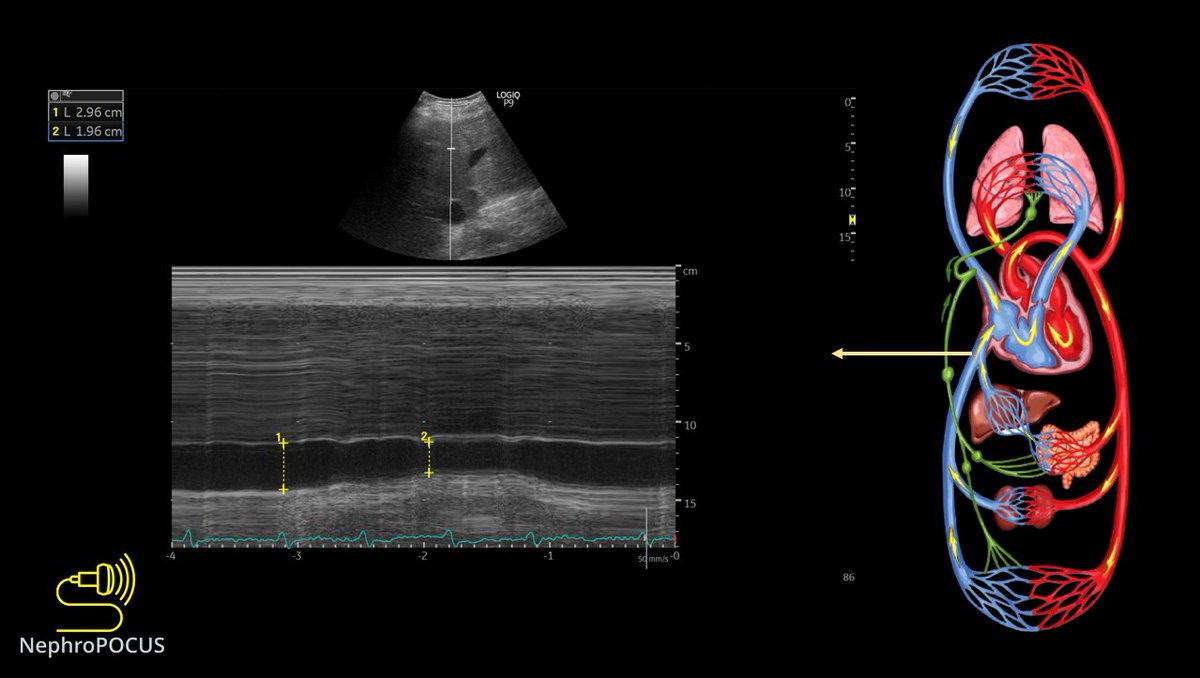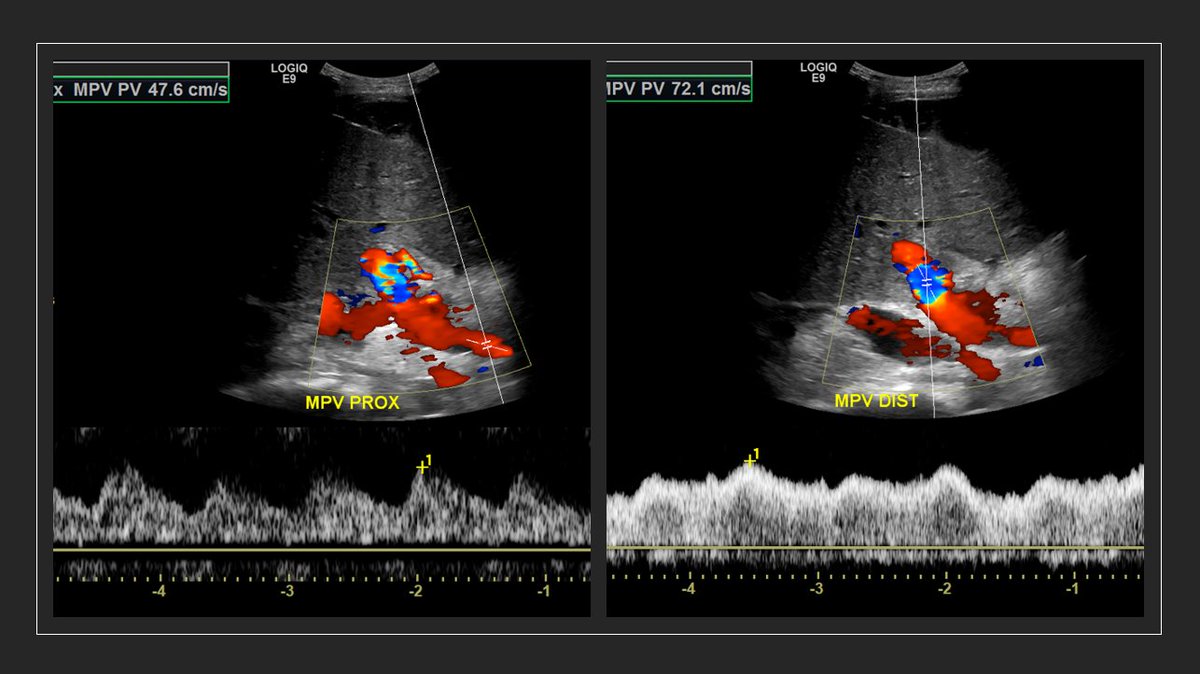
👆#POCUS
PE = pleural effusion
PER = pericardial effusion
Ao = aorta
IVC = inferior vena cava
Rt = right
Lt = left
PE = pleural effusion
PER = pericardial effusion
Ao = aorta
IVC = inferior vena cava
Rt = right
Lt = left
Correct answer: option 2 -
1. left pleural effusion (note the appearance of collapsed lung; also u can see rib shadows/posterior chest wall = lung area)
2. Right pleural effusion (remember the Boomerang sign on subxiphoid view?)
3. IVC
1. left pleural effusion (note the appearance of collapsed lung; also u can see rib shadows/posterior chest wall = lung area)
2. Right pleural effusion (remember the Boomerang sign on subxiphoid view?)
3. IVC
• • •
Missing some Tweet in this thread? You can try to
force a refresh













